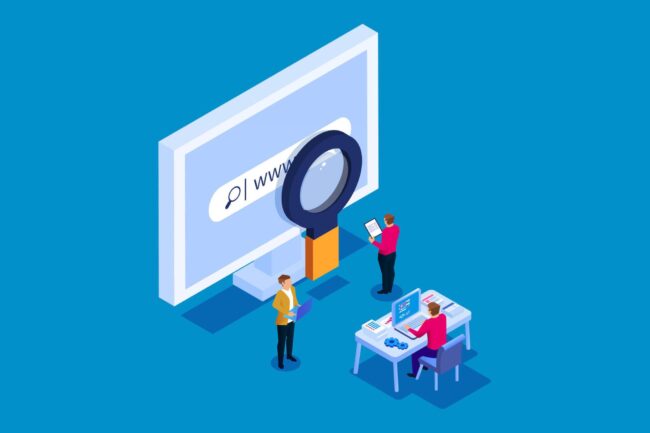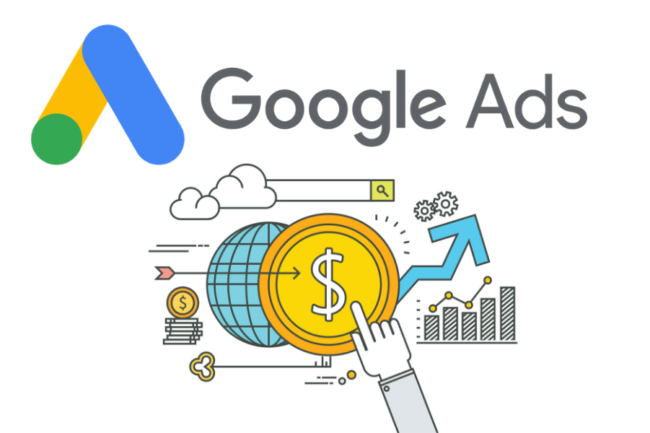Imagine your website existing in a virtual labyrinth, yearning for discovery but shrouded in obscurity. Introducing on-Page SEO, the mapmaker and pathfinder, optimizing your website for both search engines and users, leading them straight to your digital doorstep.
If you’re a US-based business owner new to the SEO world, or even considering investing in on-page SEO services, this comprehensive guide is your key to unlocking its potential. Think of Google, Bing, and other search engines as digital concierges, constantly sorting through billions of web pages to curate results aligned with users’ searches.
On-page SEO equips your website with the right signage and clues, making it readily discoverable by these concierges and consequently, your target audience.
Remember, in the US, Google dominates the search engine scene with an amazing 88.3% market share (as of February 2024), so optimizing their algorithm is important.
Core On-Page SEO Elements
Content is the cornerstone of any successful website, especially in the US market where users value informative and engaging experiences.
Here’s how to craft content that sings to both search engines and users:
Keyword Research
To start with on-page SEO, the first thing you need to do is perform thorough keyword research using tools such as Google Keyword Planner or AHREFs. Target relevant keywords with decent search volume but manageable competition. Such keywords are usually found in the high-traffic, low-keyword difficulty section. Think local, too! For instance, a Brooklyn bakery might target “best sourdough bread Brooklyn.”
Conversion Optimized Content
Gone are the days of keyword stuffing. Fast forward to today, businesses are now focusing on creating high-quality, informative, and valuable content written specifically for their audience’s needs. If you’re planning to go for on-page SEO implementations, aim to create a clear structure, logical flow, and engaging writing. Content may contain a variety of pieces such as blog posts, articles, guest articles, product descriptions, and other content types that you can optimize.
Content Length Matters, But Quality Matters More
While longer content tends to rank better as Columnist John Lincoln puts it on Search Engine Land, it’s important that your content should also be informative, well-researched, and free of fluff. If you’re writing a long-form article, it should be at least 800-1000 words at the very least. Otherwise, it may lack user experience over arbitrary word counts.
Technical SEO: The Backbone of Visibility
Think of technical SEO as the website’s plumbing – invisible but just as important as for any house for running water, in our case for smooth operation.
In the US, where internet speeds are generally high, users expect lightning-fast websites. Aim for a sub-3 second loading time using tools like Google Page Speed Insights.
Image Optimization
Start with image optimization. Aim for better image formats like image file sizes without sacrificing quality using tools like TinyPNG or Kraken. It’s always best to resize images to match their display size on your website. Don’t upload high-resolution images meant for print. Always use descriptive alt text containing relevant keywords to help search engines understand your images and improve accessibility.
Minification and Code Optimization
Check if there are any unnecessary whitespace, comments, and formatting that are becoming a hindrance. Remove these code snippets & excerpts from your HTML, CSS, and JavaScript files. Tools like Minify Code can help. You can also reduce HTTP requests by combining multiple CSS and JavaScript files into one each. There could be a delay leading to non-critical elements such as images below the fold until they’re scrolled into view. Turn on lazy loading on your website for fast website loading.
Leverage Browser Caching
Tell browsers to store static content like images and CSS locally, saving them from downloading it again on each visit. Always make use of Content Delivery Networks (CDNs) to distribute your website’s content across geographically dispersed servers, delivering it faster to users worldwide, including the US.
Server Optimization
Always select a reliable hosting provider such as DigitalOcean or Cloudways to host your website. Opt for a provider with a good reputation for speed and uptime. Shared hosting might be cheaper, but dedicated or VPS hosting can offer better performance. Streamline your database queries to minimize server load to make sure there’s faster data retrieval. You can consider caching database results as well.
Bonus Tip: Make sure your website adapts to all devices, especially smartphones because 60% of the US internet users access the internet daily using their phones. You can check the responsiveness of your website using Google’s Mobile-Friendly Test service.




















